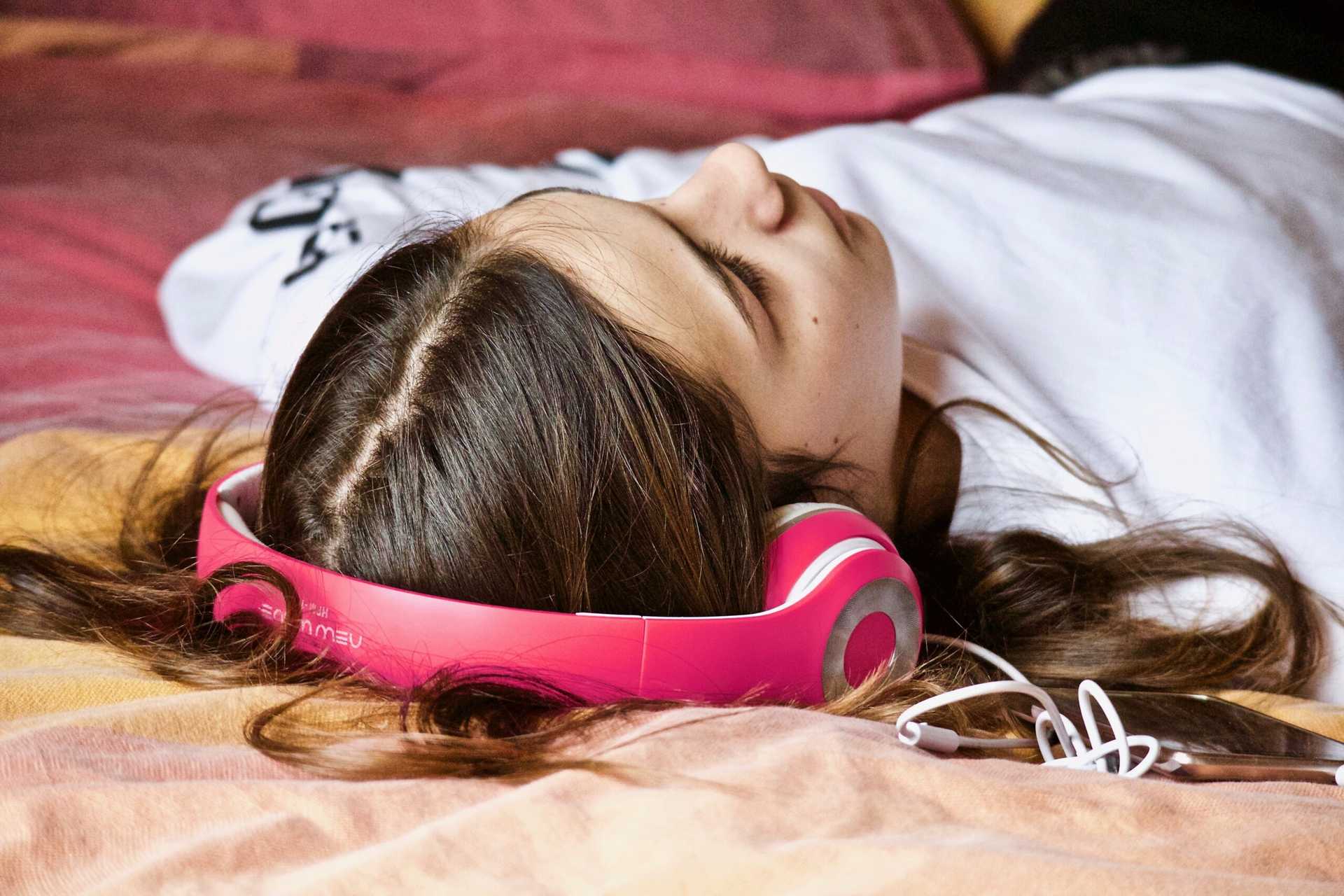ASMR For Sleep: Does It Work?
Updated on February 23, 2024

The ASMR community takes relaxation to a whole new level. It’s often referred to as “brain orgasms,” and it’s thought to help with anxiety, stress, and insomnia.
The ASMR experience varies from person to person, but many of the itches are created through auditory-tactile stimulation or by watching videos designed to trigger those sensations. ASMR for sleep is one of the many examples of ASMRs, but does it work?
As ASMR becomes more popular, an increasing number of people claim that they can feel the effects of this sensation through videos on social media. Some advertisers claim that ASMR videos can help you fall asleep faster; however, studies have yet to prove whether or not this is true. Read on to find out.
What is ASMR?
ASMR or Autonomous Sensory Meridian Response is a physical sensation that refers to tingles in the back of the head, neck, and up into the scalp area. Experts aren’t quite sure what ASMR is; however, they state that it isn’t dangerous, and most people find the experience pleasant.
The most common physical sensations reported are a feeling of relaxation, euphoria, and comfort. It’s been suggested that when a person reacts to stimuli—such as whispering or gentle accents—that person is likely experiencing ASMR. Over time, some have used these tingles as an aid against insomnia or anxiety.
That said, many experts and the ASMR community warn against using ASMR as a sleep aid.
Does It Work for Sleep?
There’s no hard evidence comparing the effectiveness of guided meditation or ASMR for insomnia. A randomized study in which people were asked to use video clips on Youtube to serve as their sleep aids showed that most adverse effects occurred when they used an actual medication for insomnia.
Because there’s no research specifically on Youtube ASMR for sleep aids, there isn’t much concrete proof that this common phenomenon helps people consistently to fall asleep faster…or at all.
It appears from anecdotal evidence alone that if you can easily access the videos which produce the ASMR effect within you, and your mind is calm enough (i.e., not overstimulated by drugs), you will likely be able to fall asleep sooner due in part to your new fun new-found with deep breathing, patterned speech, light touch stimulation, and visualization.
ASMR videos have been used as part of a sleep hygiene plan by relaxing the user and allowing sleep to come naturally; alternatively forcing the user to try and fall asleep every night via tiring themselves out if they aren’t experiencing sleep from rest ASMR video soft speaking or other triggers.
Many types of sounds can trigger an ASMR response for some individuals. Still, there’s no scientific evidence yet that shows what specific characteristics cause a “head tingling” feeling, or at least, it’s usually not caused by those alone. The variables that cause this sensation include the personal attention of a grooming person.
Different Types of ASMR Videos
There are many different types of videos on social media that possess the characteristic triggers for ASMR. They are most likely private as there is no way for individuals to receive stimuli that cause tingles with no other sounds or voices. However, one particular type has received some attention in this area: soft-spoken white noise.
The WhispersRed social media page has top YouTube views and an engaged following, especially amongst women; however, when the viewers start feeling the tingles, they may believe they’re alleviating fatigue or somehow falling asleep faster when it’s unclear if these can promote sleep or if it happens as a surprise by accident despite what you watch rather than because of what you watch (like casually brushing your teeth before going to bed).
Does ASMR help with anxiety and stress?
Because of the calming nature of soft-spoken whispering and role-playing, reducing and helping to eliminate anxiety and stress may be in some individuals’ best interests. However, that is not because ASMR suppresses one’s overall stress levels.
As discussed here as well, when you’re experiencing a high level of LTP-inducing calmness after engaging in an ASMR video or similar activity, your body will likely increase norepinephrine but reduce circulating cortisol (except if you have POTS or OIH—in which case your cortisol increases) since those neurochemicals are meant for “fight or flight” responses.
Hence this reduction may result in the paradoxical situation where individuals feel much more relaxed when the fallacy is actually that their cortisol has decreased (use whatever means necessary to control panic attacks and suppress those symptoms if panic attacks ensue).
Based on this current evidence, it’s clear that triggers need to be isolated and remain so to determine how and if anxiety symptoms arise among ASMR users.
Conclusion
So far, it is unlikely that ASMR stimulates or suppresses one’s mental health. However, current research is exceedingly limited due to a shortage of deliberate studies in the naturalistic setting. It will be some time before researchers begin collecting strong enough data to make sense of conclusive recommendations to help individuals.